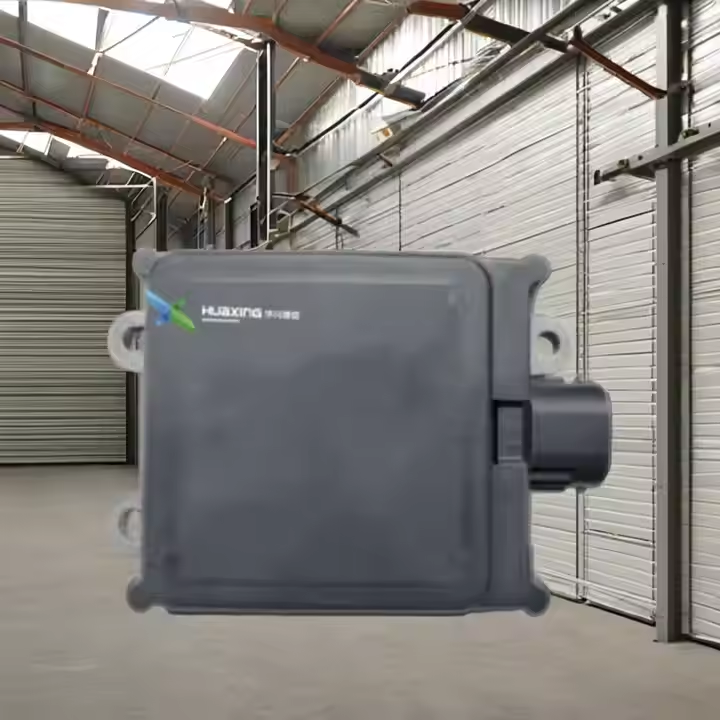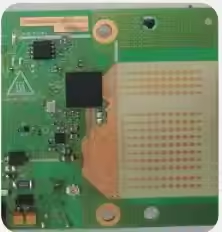chip to chip communication
Chip to chip communication represents a fundamental aspect of modern electronics, enabling seamless data transfer between integrated circuits within electronic devices. This sophisticated system facilitates high speed data transmission between multiple semiconductor chips, ensuring efficient processing and coordination of complex operations. The technology employs various protocols and interfaces, including serial and parallel communication methods, to establish reliable connections between different components. Modern chip to chip communication systems utilize advanced features such as high bandwidth channels, error detection and correction mechanisms, and sophisticated timing synchronization. These systems can operate at frequencies ranging from hundreds of megahertz to several gigahertz, supporting data transfer rates that meet the demanding requirements of contemporary electronic devices. Applications of chip to chip communication span across numerous sectors, from consumer electronics and telecommunications to industrial automation and automotive systems. The technology is particularly crucial in complex computing systems where multiple processors, memory modules, and peripheral devices need to interact seamlessly. Recent advancements in chip to chip communication have led to the development of more energy efficient protocols and reduced latency, making it an essential component in the design of modern electronic systems.


